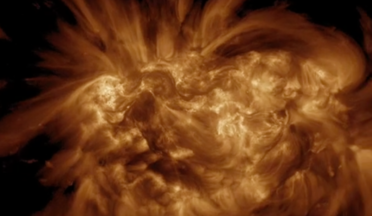 11 July 2018
High hopes for Hi-C mission to reveal secrets of the Sun
11 July 2018
High hopes for Hi-C mission to reveal secrets of the Sun
..., Hi-C captured the highest-resolution images ever taken of the solar corona to show previously unseen magnetic activity. It is thought that the Sun’s magnetic field plays a role in heating the gas in the atmosphere, which is often released into the...
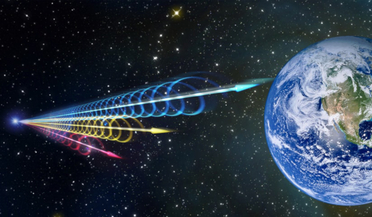 08 June 2020
New discovery provides important clues on mysterious cosmic bursts
08 June 2020
New discovery provides important clues on mysterious cosmic bursts
... origin of FRBs as the team believes it may be hard to explain a 157-day precession period given the large magnetic fields expected in these stars. “Detecting a periodicity provides an important constraint on the origin of the bursts and the activity...
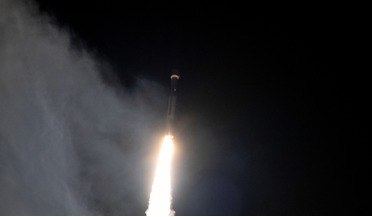 10 February 2020
ESA's Solar Orbiter probe blasts off to face the Sun
10 February 2020
ESA's Solar Orbiter probe blasts off to face the Sun
... In situ instruments will measure the solar wind and the solar magnetic field in the vicinity of the orbiter. “The combination of remote-... cycle, and how the Sun creates and controls the magnetic bubble – the heliosphere – in which our planet resides...
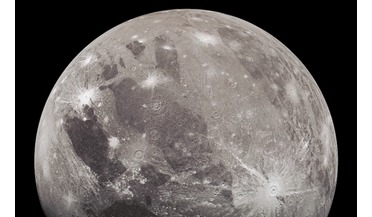 28 July 2021
Hubble helps astronomers find first evidence of water vapour at Ganymede
28 July 2021
Hubble helps astronomers find first evidence of water vapour at Ganymede
... ribbons of electrified gas called auroral bands, and provided further evidence that Ganymede has a weak magnetic field. The similarities in these UV observations were explained by the presence of molecular oxygen (O2). But some observed features...
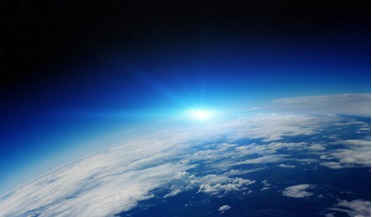 August 2016
Long-term spaceflight and microbiological safety issues
August 2016
Long-term spaceflight and microbiological safety issues
...’s development may also be spurred on by physical factors of spaceflight - periodic fluctuations in solar activity, radiation levels, or magnetic field gradients, etc. Russian orbital space station operational experience shows that processes like the...
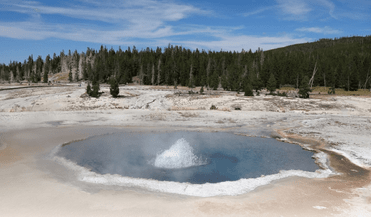 September 2016
Life in the extremes: confessions of an astrobiologist
September 2016
Life in the extremes: confessions of an astrobiologist
..., and liquid inner cores of planets producing magnetic fields that can help shield atmospheres, to geological processes... it worked out in the end! My project was in the field of planetary protection, which focuses on minimising the potential of (one...